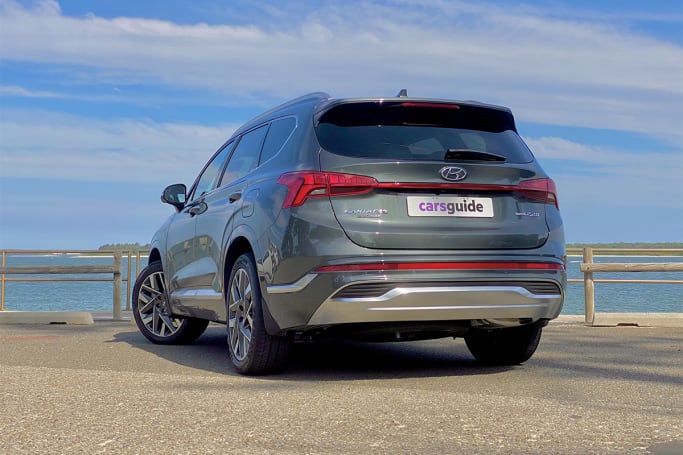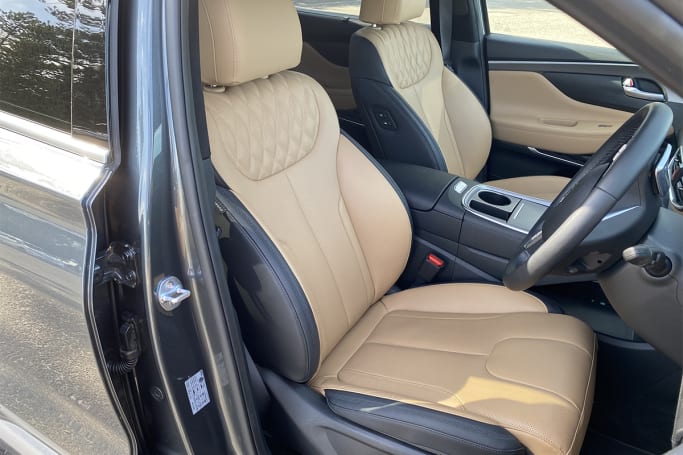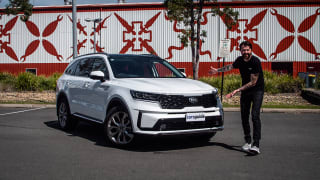The new design direction clearly needed a bit more time to cook, so the updated Santa Fe has a new nose, a revamped interior (especially in the Highlander) and plenty of under the skin tweaks to further improve things.
The Santa Fe was already a formidable machine but with the brand new Kia Sorento entering the game (and a few more rivals coming after them both), its sibling clearly felt it had a point to prove.

As ever, the Santa Fe is a bolder design, perhaps as a counterpoint to the Germanic vibe of the new Sorento. A new grille, T-shaped LED running lights and a tightening of the overall look presents an even more imposing face.
The tail-lights are now joined by a full-width reflector strip and the Highlander has a new set of 20-inch wheels, an inch bigger than before. The Highlander's extra bling is subtle and classy and I reckon it looks great.
The Santa Fe's interior is quite different depending on the model you choose. The basic model has a conventional looking dash while the Highlanders score a similar dash and console design to the Palisade.

The Santa Fe has quite a few buttons to play with, so it's a bit Porsche-y in that respect. The digital dash replaces the analogue dials of the lower models and while it's impressive, it's a bit chintzy to my eyes.
Inoffensive, but a bit chrome-and-silver-surfer, but it does do some clever things like enlarging the speed reading as the virtual needle swings past.





















